31 F. morning low at MSP International Saturday morning, coldest since April 23 (29F).
56 F. high yesterday in the Twin Cities.
58 F. average high on October 17.
58 F. high on October 17, 2014.
October 18, 1950:
Record high temperatures were set across the area as highs reached the
mid to upper 80s. Minneapolis and Farmington saw highs of 87 degrees
Fahrenheit, while Albert Lea reached 86 degrees.
October 18, 1916: Blizzard over Minnesota. Hallock's temp is in the 60s. Drops to 2 above by the 20th
Another Warming Trend
Why I Fear the 7-Day Outlook
My
wife is not happy. "If it rains on our son's wedding day I will kick
you right in your Doppler." I shrugged. "I'm just the messenger, honey. I
don't make the weather, I just try and predict it" I stammered. "Try
harder."
An outdoor wedding in late October in northern Minnesota;
what can POSSIBLY go wrong? At least it won't snow at the Grand View
Lodge next weekend. I consider that a personal victory. But if there's a
suspicious drowning on Gull Lake, if you turn to the weather page and
find a crossword puzzle, you'll know what happened.
I'm living the
7-Day, hyper-analyzing every model run, praying for a meteorological
miracle, a wedding day reprieve, a pardon from eternal, spousal
damnation.
Please God.
It's back to the 60s this week; 70s possible
tomorrow &
Friday.
Not bad when one considers the sun is as high in the sky as it was in
late February.
We're heading into a wetter pattern as an
atmospheric tug-of-war plays out overhead. All rain; no snow in sight
just yet.
If my better half is reading this (doubtful) both the GFS and ECMWF hint at some cool sun
on Saturday.
So Long Ragweed.
Most of Minnesota and western Wisconsin experienced a hard freeze
overnight; several hours at or below zero, cold enough to kill off most
plantlife, including ragweed (and poison ivy). Hallelujah. Most of the
bugs are gone too - one benefit of freezing. Source: Twin Cities
National Weather Service and
Twitter.
Urban Heat Island - And Lake Effect.
Screen left shows temperatures early Saturday morning, subfreezing for
most suburbs, but readings stayed just above 32F in the downtown core,
the result of the urban heat island: concrete, asphalt, homes and office
buildings re-radiating warmth stored during the daylight hours, keeping
temperatures 3-6F warmer than the outlying suburbs. Screen right shows a
plume of warm air downwind of Lake Mille Lacs, where water temperatures
in the low 50s kept nearby readings considerably warmer. Source: Aeris
Enterprise Mobile.
Late Week Plume of Moisture.
The best chance of showers this week come Tuesday night, again Friday
night, as tropical moisture surges north - a bit odd for late October.
GFS guidance prints out some 6-8" rains for Texas by late week; the risk
of tropical development in the Gulf of Mexico has diminished, but a
soaking is still likely. Source: NOAA and AerisWeather.
Lake Effect Snows - Winter In Full Swing Across Canada.
The 10-day accumulated snowfall product (NOAA's GFS model) shows heavy
snows for Quebec and the coastal range of British Columbia. Short-term
lake effect snows will slush up a few roads near Cleveland and Buffalo.
Record Setting Warmth on October 11.
From upper 90s to a hard freeze in less than a week - that's pretty
impressive, even for Minnesota. Here's the intro to this week's edition
of Mark Seeley's
Minnesota WeatherTalk: "
Strong
south winds, bright sunshine, and a relatively dry landscape helped
produce widespread record-setting warm temperatures on Sunday, October
11th. On a statewide basis it was the warmest October 11th in Minnesota
history with a new statewide record of 97°F reported from climate
stations at Sabin (Clay County) and Wheaton (Traverse County), breaking
the old record of 92°F at Canby on October 11, 1928. It was also 97°F
at Fargo, ND. Many observers also reported the highest temperature ever
measured so late in the autumn season..." (Map credit: DNR-State Climatology Office).
Hundreds of People Rescued After Mudslides Bury Parts of California Highways.
Freakish, slow-moving thunderstorms Thursday dumped torrential rains in
a very short period of time, closing I-5. Here's an excerpt from
CBC News: "
Rescuers
threw ladders and tarps across mud up to almost two metres deep to help
hundreds of trapped people from cars that got caught in a roiling river
of mud along a major southern California trucking route, a California
Highway Patrol official said Friday in what he and other witnesses
described as a chaotic scene. Amazingly, officials said, no deaths or
injuries were reported. The people rescued from State Route 58, about 50
kilometres east of Bakersfield, were stranded in a powerful storm on
Thursday evening..."
Photo credit above: "
In this photo provided by Caltrans, vehicles are stopped in mud on California's Interstate-5 after flooding Thursday." (Caltrans/Associated Press).
A "Wall of Mud" in California, and Warnings to Heed El Nino. Some of the first tangible symptoms of El Nino? Here's a clip from
The New York Times: "
With strong El Niño conditions
now established in the Pacific Ocean, Southern California has been
getting a taste of what might be in store this winter: lots of
desperately needed rain, but also dangerous mudslides and flash
flooding. After several hours of heavy rain, mud and debris cascaded
down hillsides north of Los Angeles on Thursday, blocking two freeways,
including Interstate 5, the critical artery linking this city with San
Francisco, Sacramento and Seattle. Mud, sometimes up to windshields,
swallowed hundreds of vehicles across the region. Traffic coming south
toward Los Angeles all but stopped, stranding travelers far from home..."
Photo credit above: "
About
115 cars and 75 tractor-trailers were stuck on State Route 58. “It’s a
miracle no one was seriously hurt,” Ray Pruitt, a spokesman for the Kern
County sheriff, said." Credit Monica Almeida/The New York Times
El Nino's Rains Forecast To Reach Into Northern California, Where They're Most Needed. Here's an excerpt from
The Los Angeles Times: "...
If
El Niño acts as it has before, “there will be a number of significant
storms that will bring heavy rains. What that brings will be floods and
mudslides,” said Mike Halpert, deputy director of the National Weather
Service's Climate Prediction Center. “We're more confident we're going
to be seeing El Niño through this winter.” This prompted officials, who
had generally been reluctant to predict El Niño's effect on the drought,
to say they expect the rains will ease the drought conditions but won't
end them. “If the wettest year were to occur, we still wouldn't erase
the deficit that's built up in the last four years,” said hydrologist
Alan Haynes for the National Oceanic and Atmospheric Administration..."
El Nino Impacts on Ocean Warming. El Nino warming is superimposed on a global warming trend of the world's oceans. Here's an excerpt from
Climate Central: "
This
year is on track to be the hottest on record globally. The strong El
Niño is likely playing a role as the average global temperature of an El
Niño year is 0.4°F higher than a La Niña year. However, the strong El
Niño is not solely responsible for the warming planet. Global
temperatures have been trending upward since 1950, regardless of whether
or not the Pacific Ocean was in an El Niño, La Niña, or neutral phase.
In fact, La Niña years in the 21st Century are now warmer than El Niño
years just 30 years ago. Similarly, the long term trend of global ocean
water temperatures is on the increase, emphasizing that El Niño is only
magnifying the ongoing warming trend..."
Weather Impacts On Your Winter Commute.
Beginning this winter the Twin Cities National Weather Service will
issue a Winter Travel Impact Index, predicting how the combination of
snow, ice, temperatures and traffic will ultimate impact your commute. I
can't wait.
Unlocking Our Nation's Wind Potential. We're just scratching the surface of what is possible - and inevitable. Here's an excerpt from
The U.S. Department of Energy: "...
An Energy Department report released today shows how the next generation of wind turbines could make reliable, cost-effective wind power a reality in all 50 states. The report, Enabling Wind Power Nationwide,
explains that advanced wind turbines with taller towers and longer
blades will allow us to reach stronger, more consistent winds found high
above the ground, unlocking wind energy’s potential across an
additional 700,000 square miles—roughly one-fifth of the land area of
the United States..."
Map credit above: "New map shows how taller wind turbines could help unlock wind's potential in all 50 states, especially in the southeastern U.S." | Map courtesy of National Renewable Energy Laboratory.

Online Attacks on Infrastructure Are Increasing at a Worrying Pace.
The first time a hacker brings down portions of the grid, derails a
train or crashes an airplane in flight there will be collective outrage.
But we've been warned for some time now. Here's an excerpt from
The New York Times: "
Over
the last four years, foreign hackers have stolen source code and
blueprints to the oil and water pipelines and power grid of the United
States and have infiltrated the Department of Energy’s networks
150 times. So what’s stopping them from shutting us down? The phrase
“cyber-Pearl Harbor” first appeared in the 1990s. For the last 20 years,
policy makers have predicted catastrophic situations in which hackers
blow up oil pipelines, contaminate the water supply, open the nation’s
floodgates and send airplanes on collision courses by hacking air
traffic control systems..."
Toyota Maps Out Decline of Conventionally Fueled Cars.
Will our grandkids or (God-willing) great grandkids ask us why we put
smelly "dinosaur juice" into our cars? Great question. Toyota seems to
believe the answer is yes. Here's an excerpt from
The Wall Street Journal: "
Toyota Motor Corp. is plotting a road to near extinction for its conventionally fueled cars as the industry grapples with the fallout of Volkswagen AG’s
diesel-emissions scandal. The world’s best-selling auto maker said
Wednesday that by 2050, gas-electric hybrids, plug-in hybrids, fuel-cell
cars and electric vehicles will account for most of its global vehicle
sales, without giving a detailed breakdown. That means gasoline- and
diesel-engine powered cars, currently accounting for roughly 85% of
Toyota global vehicle sales, would be near zero, Senior Managing Officer
Kiyotaka Ise said..."
Image credit above: "
Toyota’s
2016 Prius hybrid vehicle on display in Las Vegas in September. Toyota
sees near zero sales for its conventionally powered cars by 2050." Photo: Bloomberg News.
 TODAY
TODAY: Sunny, windy, milder. Winds: SE 15-25. High: 62
SUNDAY NIGHT: Clear and milder. Low: 50
MONDAY: Lukewarm sun, nice. Winds: W 10-15. High: 74
TUESDAY: AM sun, late showers. Wake-up: 52. High: 64
WEDNESDAY: Damp start, then clearing. Wake-up: 49. High: 62
THURSDAY: Sunny and beautiful. Wake-up: 48. High: 68
FRIDAY: Mild sun, late shower? Winds: SE 10-20. Wake-up: 49. High: 71
SATURDAY: Partial clearing, cooler. Winds: N 8-13. Wake-up: 52. High: 61
Climate Stories...
Ocean Methane Release Points to Global Warming. What other tipping points are lurking out there? Expect more holy-crap moments. Here's an excerpt from
Immortal.org: "
Climate
change isn't just affecting the temperatures above ground. According to
a recent research project by the University of Washington, the Pacific
Ocean's deep-water temperatures are rising enough to thaw out ancient
deposits of frozen methan. A recent Phys.org report
noted that the scientists discovered the methane thaw when they
observed plumes of methane bubbles rising up from the ocean flood off
the coast of Washington and Oregon..."
Image credit above: "
Sonar
image of bubbles rising from the seafloor off the Washington coast. The
base of the column is 1/3 of a mile (515 meters) deep and the top of
the plume is at 1/10th of a mile (180 meters) depth." Credit: Brendan Philip/University of Washington.
Climate
change isn’t just affecting the temperatures above ground. According to
a recent research project by the University of Washington, the Pacific
Ocean’s deep-water temperatures are rising enough to thaw out ancient
deposits of frozen methane. A recent Phys.org report noted that the
scientists discovered the methane thaw when they observed plumes of
methane bubbles rising up from the ocean floor off the coast of
Washington and Oregon.
Read more at: http://www.immortal.org/18896/ocean-methane-release-points-global-warming/
Canada's Frozen North Feels Financial Burn of Global Warming. Here's an excerpt from
Reuters: "
Climate
change is taking a heavy economic toll on Canada's far north, with
buildings collapsing as melting permafrost destroys foundations, rivers
running low and wildfires all a drain on the region's limited finances,
senior government officials said. A
sprawling area spanning the Arctic Circle with a population of less
than 50,000, Canada's Northwest Territories has spent more than $140
million in the last two years responding to problems linked to global
warming, the territory's finance minister said.
"Our budgets are getting squeezed dramatically from climate change,"
Finance and Environment Minister J. Michael Miltenberger told the
Thomson Reuters Foundation..."
Why Solving Climate Change Will Be Like Mobilizing for War. I
have a little more faith, however misguided, in technology and the
power of the markets to come up with the solutions we're going to need.
Here's an excerpt of a rather sobering piece from
The Atlantic: "...
It’s
clear that the market is unlikely to solve the problem of climate
change on its own. If scientists are right, and there is no reason to
think they aren’t, averting climate change will require such
large-scale, rapid action, that no single energy technology, new or
emerging, could be the solution. Neither could any single non-energy
technology, such as video-conferencing as a substitute for travel, solve
the problem on its own. There is always a possibility that a single
cheap and effective solution will emerge, rendering expensive
interventions moot, but few climate experts are willing to trust the
future to that unlikely prospect..."
Image credit:
Zak Bickel / The Atlantic.
Editorial: Exxon's Damaging Denial on Climate Change. Here's an excerpt of an Op-Ed from The Los Angeles Times Editorial Board: "...Exxon
had the foresight and commitment to invest in understanding the problem
back when few were mentioning it. And if it had given its weighty
endorsement to the warnings of academics, this nation and the world
might have started taking action in the 1990s that would have made the
battle against global warming less daunting. Instead, Exxon — now
ExxonMobil — used its research to figure out how to pull yet more fossil
fuels from the earth to be burned. The company now acknowledges — just as most Americans do — that the problem of climate change is real (though only half of Americans understand that it is largely caused by human activity)..."
ExxonMobil's Commitment to Climate Science.
In a rebuttal to multiple reports of ingoring their own scientists and
putting out a different (skeptical) narrative here is how
ExxonMobile responded to a growing chorus of critics: "
Some recent critics of ExxonMobil, notably Bill McKibben and Naomi Oreskes,
are expressing surprise to hear that ExxonMobil helped pioneer research
into climate change science in the 1970s and ’80s. They claim that
evidence of our climate research was unearthed recently by InsideClimate News and the Los Angeles Times after
being suppressed as part of a conspiracy to deny the existence of
climate change. Nothing could be further from the truth. ExxonMobil is a
science- and engineering-based company and we employ roughly 16,000
scientists and engineers who every day explore the boundaries of
scientific knowledge in order to develop the energy supplies that power
the modern economy..."
* For the record, in May of 2008
ExxonMobile publically agreed to stop funding groups that question the
scientific validity of climate change, the institutes, think tanks and
individuals perpetuating misinformation and doubt, as reported by
The Guardian. At the time ExxonMobile stated:
"
In
2008 we will discontinue contributions to several public policy
research groups whose position on climate change could divert attention
from the important discussion on how the world will secure the energy
required for economic growth in an environmentally responsible manner."
National Geographic: Climate Change is Here. NatGeo
has produced a visually stunning online primer on climate change: how
and where it's already showing up, and what we can do about it. Highly
recommended.

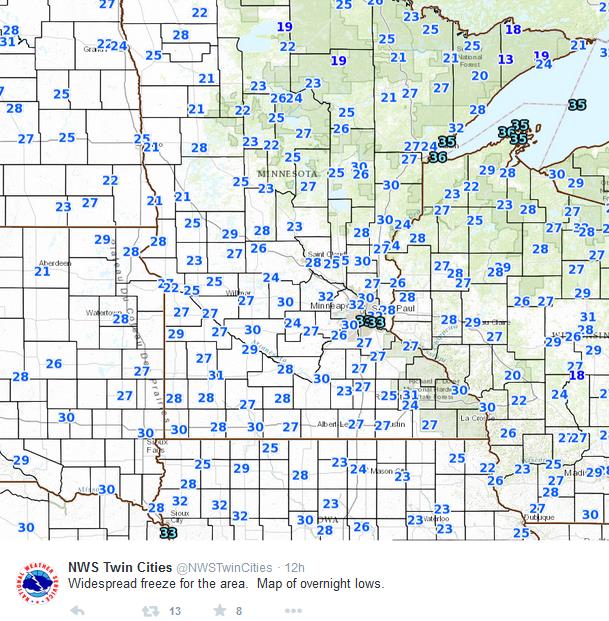
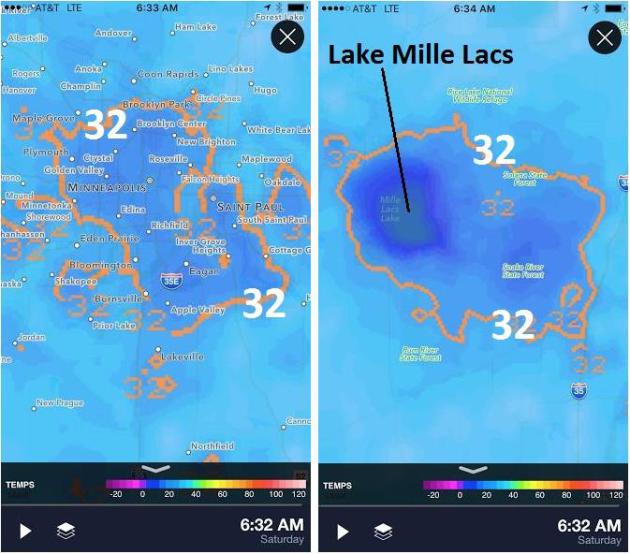
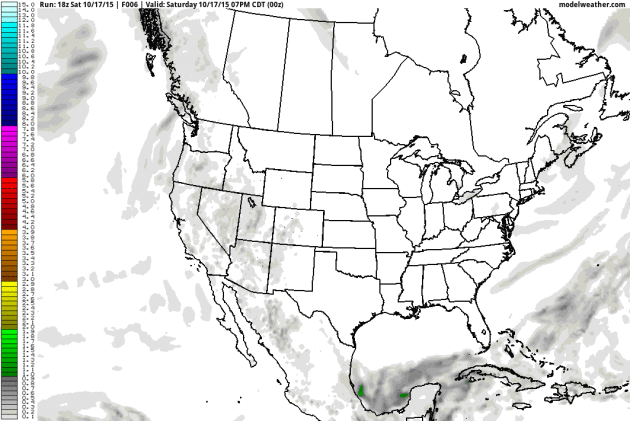
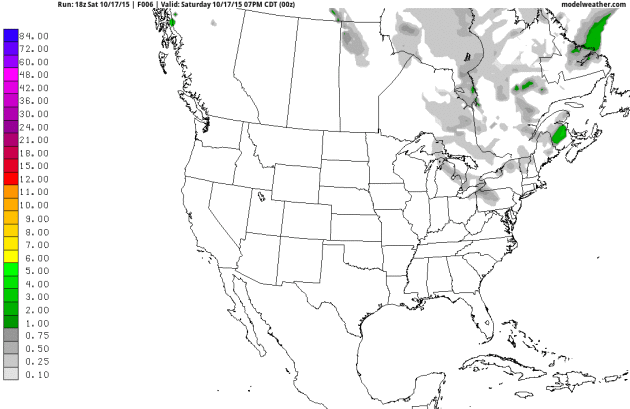
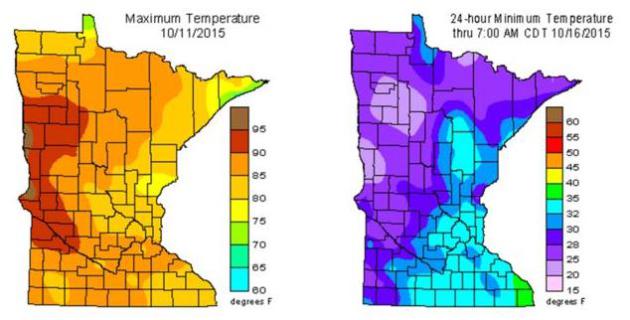
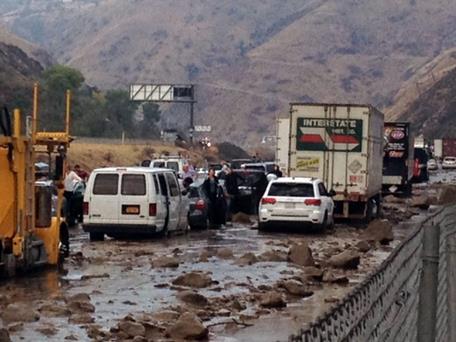
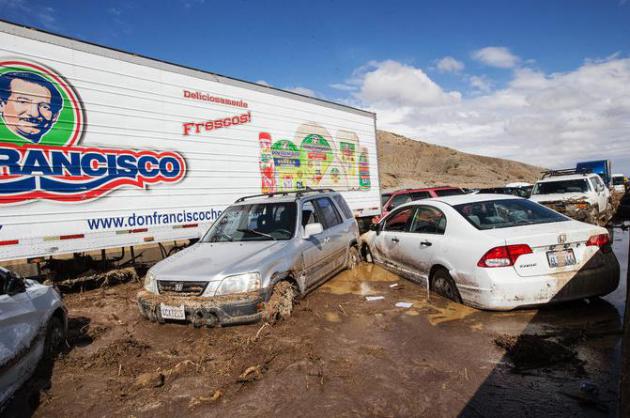
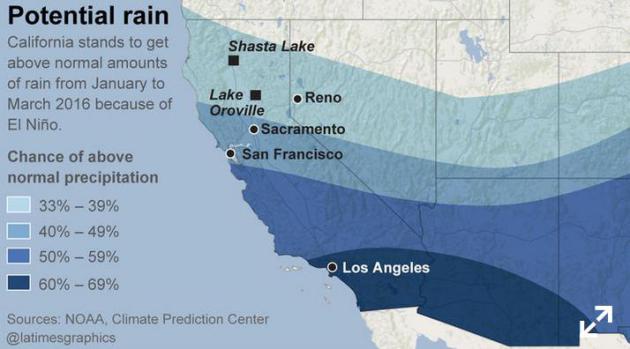

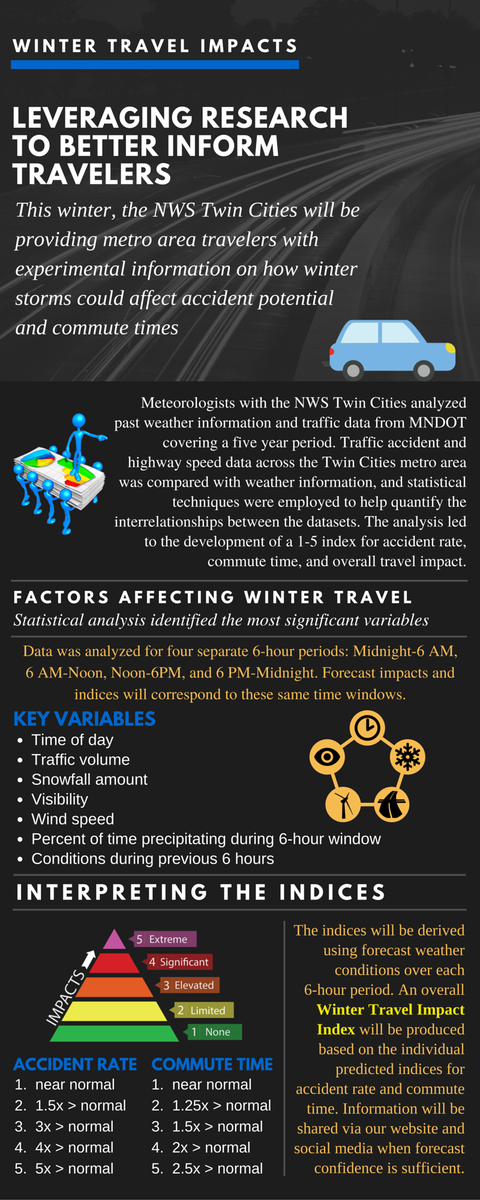
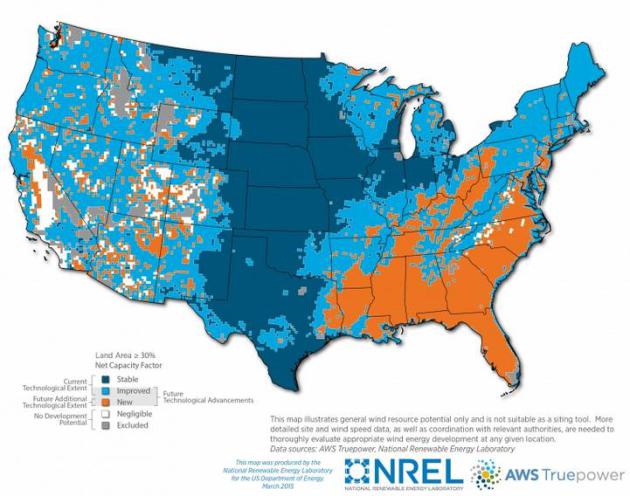



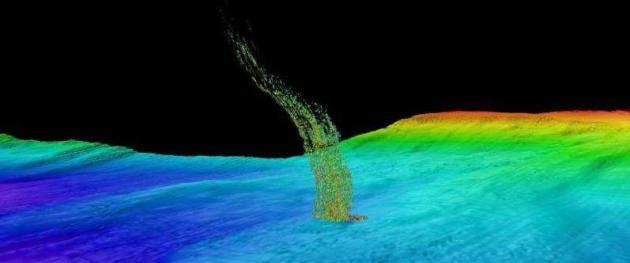


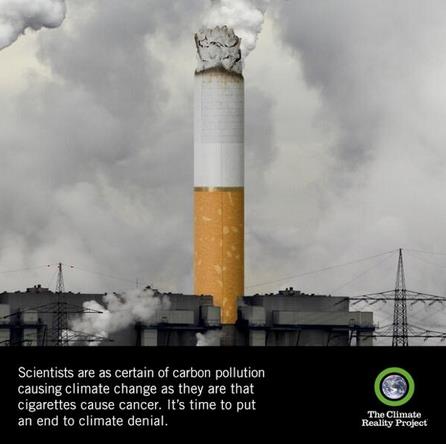

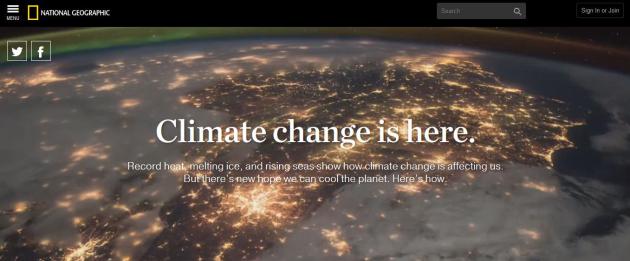
No comments:
Post a Comment